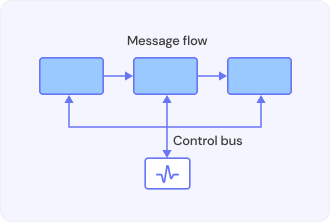Introduction Command parsers are essential in embedded systems for receiving and interpreting commands from a host device, such as a computer or another microcontroller. In this article, we will explore how to implement command parsers on an Arduino over a serial connection, focusing on memory management, text buffer creation and use, string formatting, and handling
Continue Reading “Implementing Command Parsers on Arduino Over Serial”

Recent Comments